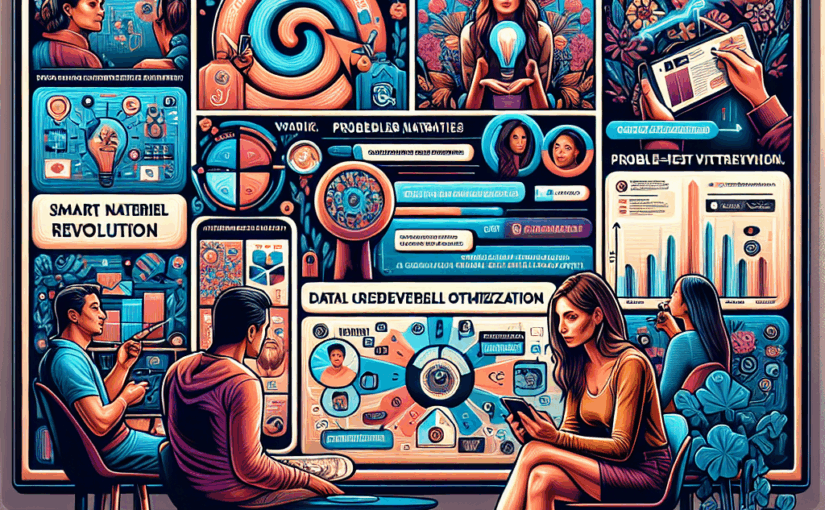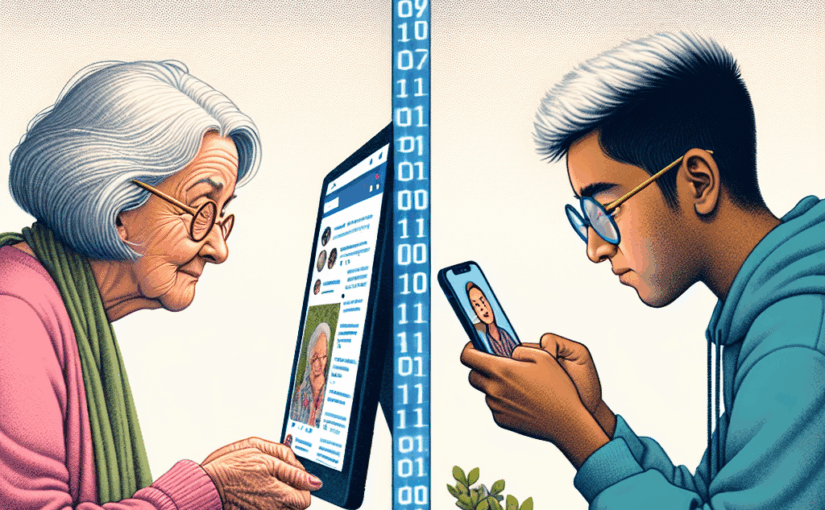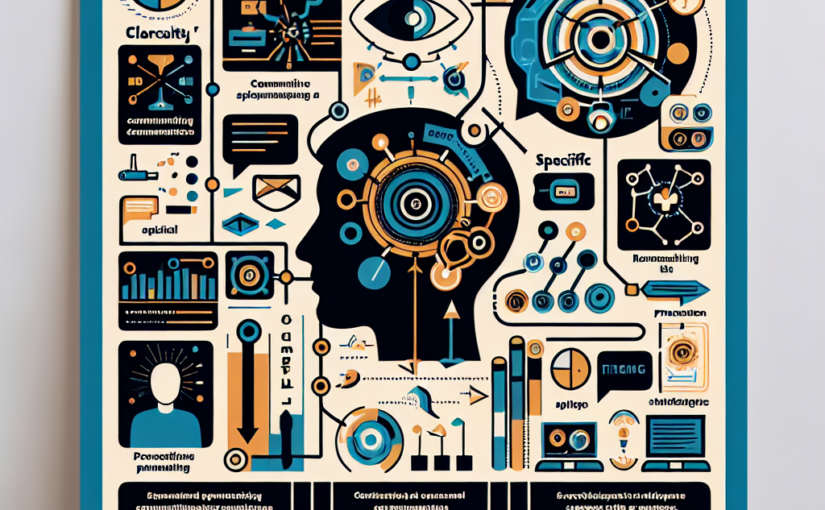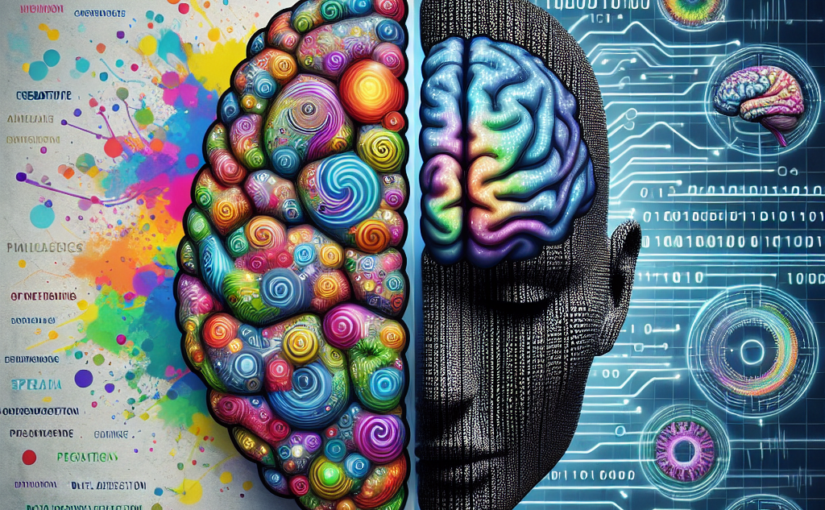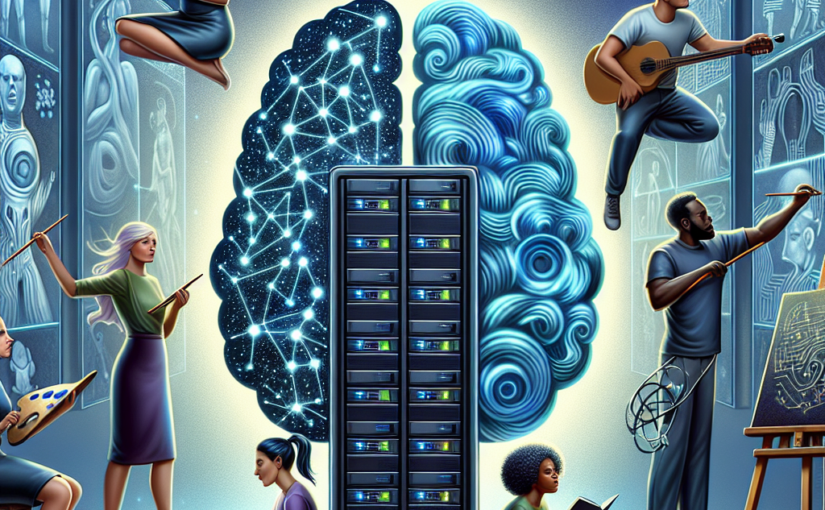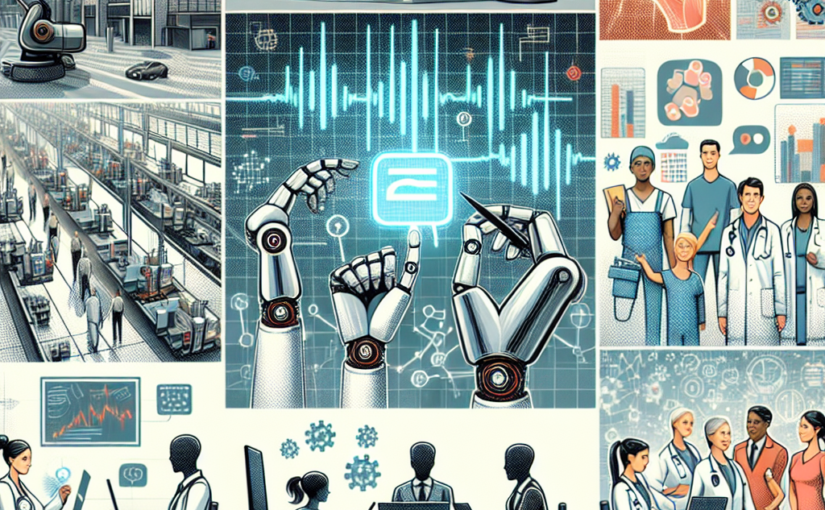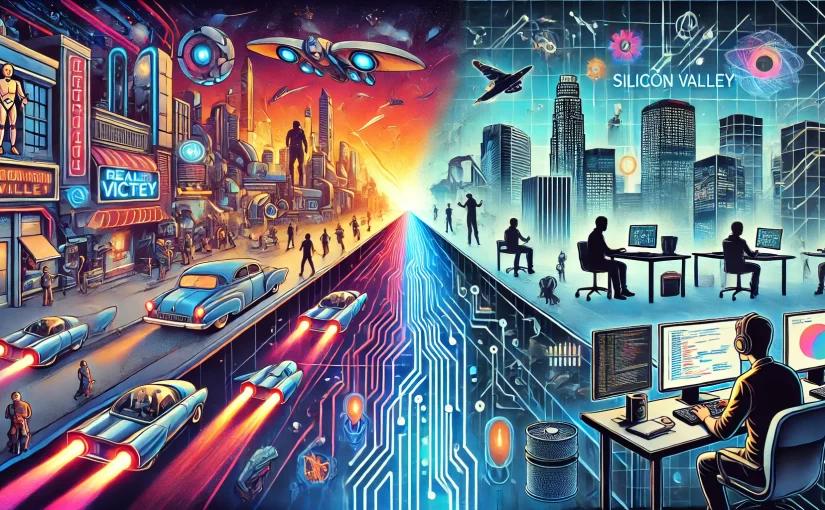In a world obsessed with viral moments and flashy social media tactics, some of the most effective strategies for building a loyal audience often fly under the radar. These understated approaches might not make headlines, but they consistently deliver results for brands and creators who implement them thoughtfully.
Behind-the-Scenes Magic
The power of authenticity cannot be overstated in today’s digital landscape. Sharing unpolished, real-time glimpses into your creative process and team dynamics builds genuine connections with your audience. Studies show that followers are increasingly drawn to relatable content that feels genuine rather than perfectly curated posts.
The Carousel Revolution
Multi-image carousels have emerged as engagement powerhouses, particularly on platforms like Instagram and LinkedIn. By crafting mini-stories that unfold slide by slide, brands can capture attention and boost algorithmic visibility. Each swipe represents valuable engagement metrics, while the narrative format keeps viewers invested until the final call-to-action.
Smart Referral Systems
Making content sharing frictionless through pre-written templates removes barriers to organic growth. When combined with meaningful incentives like exclusive resources or perks, these referral systems tap into existing trust networks for powerful word-of-mouth marketing.
Data-Driven Content Optimization
Successful creators regularly analyze retention graphs and viewer drop-off points to refine their content strategy. Something as simple as adjusting how you open a video can dramatically impact audience retention rates. Top YouTubers have seen retention rates hold steady at 68% after implementing these data-informed tweaks.
Problem-Solving Focus
Content that directly addresses specific user needs while maintaining a brisk pace shows consistently strong performance. This approach aligns with core user motivations for social media engagement: learning, solving problems, and discovering solutions.
Visual Consistency Is Key
While it might seem basic, maintaining strict visual branding across all posts reduces cognitive load for followers. This consistency helps audiences instantly recognize and connect with content, supporting both algorithmic promotion and natural retention.
These strategies might lack the excitement of viral trends, but their proven effectiveness makes them invaluable tools for sustainable social media growth. By focusing on these fundamentals while maintaining authentic connections with your audience, you can build lasting engagement that transcends temporary hype.
Remember: Sometimes the most powerful tactics are the ones hiding in plain sight.

